News from Maison de la Gare
14,779 Begging Talibé Street Children in Saint Louis
Tweeter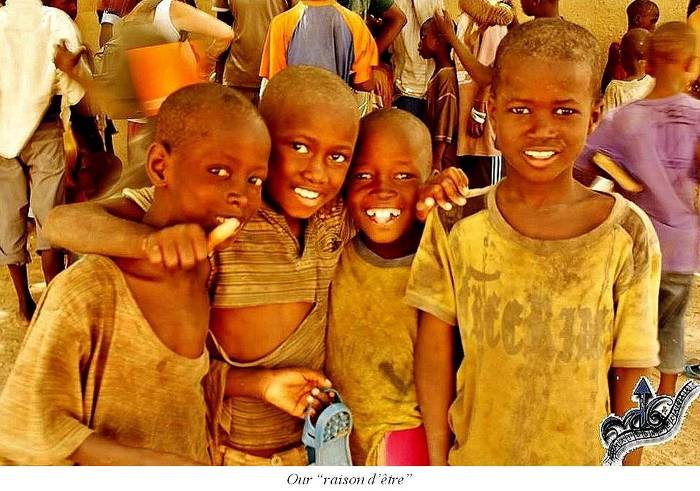
A first-ever comprehensive census answers
the question,
“Who are the talibé children?”
Baye Ndaraw Diop was
for many years the director of the Saint-Louis office of Educational Action in Open
Environments (AEMO), the Ministry of Justice’s agency that deals with talibé street
children. Following his retirement from this role in 2015, Mr. Diop joined Maison de
la Gare to lead our vastly expanded efforts to find, take charge of, return and
follow-up on children living in the streets. He shares with us here his understanding
of the “talibé” phenomenon, as well as the results of the first complete census of
these children, which he led.
"Senegal’s first school was established in Saint Louis in 1857. Since then, the
government has made continuing efforts to
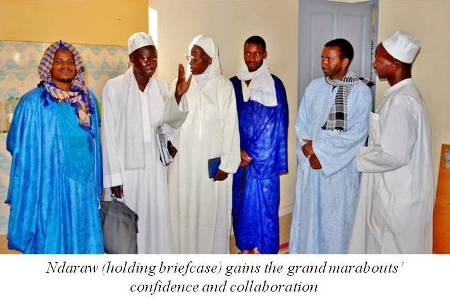 increase the number
of schools and the quality of educational infrastructure.
increase the number
of schools and the quality of educational infrastructure.
Saint Louis is also one of the gateways of the Muslim religion. With the arrival of
Islam, Koranic schools (daaras) were established in almost all the districts of the
city. Since that beginning, the Koranic masters (marabouts) have continued to migrate
to Saint Louis with their talibé "students" and to settle in provisional shelters and
houses under construction. Understandably, the presence of thousands of young talibés
has become a major concern for the community and for local authorities.
It’s important to remember that, along with the family, French and Koranic schools
play a central role in children’s education, allowing the acquisition of knowledge in
many areas of life. Such French and Koranic teaching thus enjoys great prestige, and
every parent has the freedom to choose the type of education that they wish for their
children.
However, the overwhelming presence of the talibés accompanying their marabouts poses
serious problems for the care of these children. Despite the strong tradition of
hospitality of the people of Saint Louis, with their system of helping particular
talibé children as informal Godparents, unfortunately
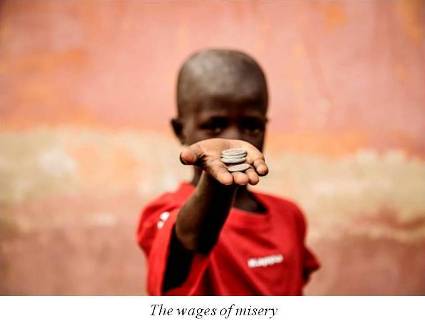 child begging has taken on
very worrying proportions.
child begging has taken on
very worrying proportions.
Mostly under 15 years of age, these begging children are very poor and live in
extremely precarious circumstances. Often cruelly exploited, many are victims of
child trafficking, sexual abuse and many other forms of maltreatment.
The number of children (talibés and other street children) involved in begging in
the city of Saint Louis is very hard to estimate because of the clandestine nature
of this phenomenon and the different situations and forms in which it develops.
Trafficked children in Saint-Louis are mainly begging talibés who are particularly
vulnerable because they are exposed to physical and psychological abuse, emotional
shock, sexual violence and trauma of all kinds, and most of them are separated from
their parents.
The purpose of this census was to catalogue ALL of the daaras in the commune of
Saint-Louis. For each daara, we obtained the marabout's name and contact
information along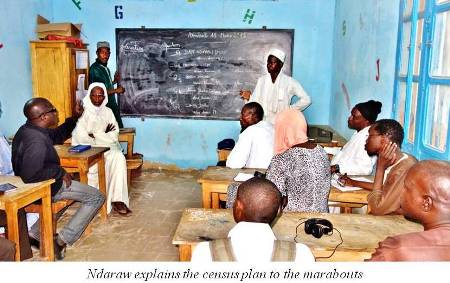 with the number of talibé children in the daara and their status
(internal - living in the daara, or external - living with their family).
with the number of talibé children in the daara and their status
(internal - living in the daara, or external - living with their family).
We can't truly make progress on improving the lives of talibé children, much less
eliminating the phenomenon of begging children, if we do not know the basic facts
about the Koranic schools and the begging street children. This is why it was so
critical for Maison de la Gare to carry out this census.
The work was carried out by a team of ten field investigators supported by five
marabout-facilitators and five supervisors. Some problems were encountered with
marabouts who did not want to collaborate on the pretext that they had been abused by
investigators in the past. With the help of meetings between facilitators and the
marabouts, it was possible to iron out most of these problems. In the end, 187 of
the 197 daaras identified as having begging talibé children, 95% of the total,
collaborated in providing census information.
The result of this census is that the number of begging talibé street
children in Saint-Louis is fourteen thousand, seven hundred and seventy-nine
(14,779).
The talibé children are very young, typically between 5 and 17 years old, with an
average age of around 12 years. The vast majority of talibé children do not
originate from 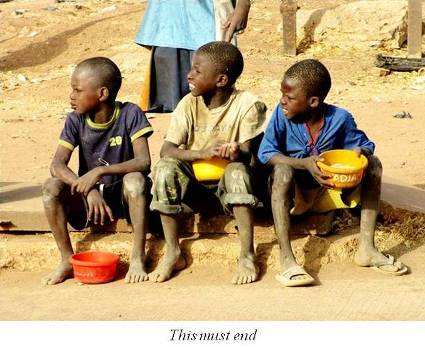 the Saint-Louis region, coming instead from other regions and
neighboring countries.
the Saint-Louis region, coming instead from other regions and
neighboring countries.
Our field investigators saw again and again in their visits how the talibés live
in very precarious housing and hygiene conditions with inadequate nutrition, and
how the marabouts who act as their guardians subject these children to forms of
extreme maltreatment, neglect and exploitation.
The results of this census have provided us with much improved knowledge of the
daaras of Saint Louis and of the talibé children's living conditions, an essential
starting point for appropriate measures to improve the lives of these unfortunate
children."
________
This long-overdue census was made possible by a grant from the European Union,
for which we are grateful. Our sincere thanks also to Ingrid Hägele, Ryosuke
Nishimura (“Djibi Bâ”) and Lydie
Texidor for the powerful photographs illustrating this article, each of them
telling its own story.
















